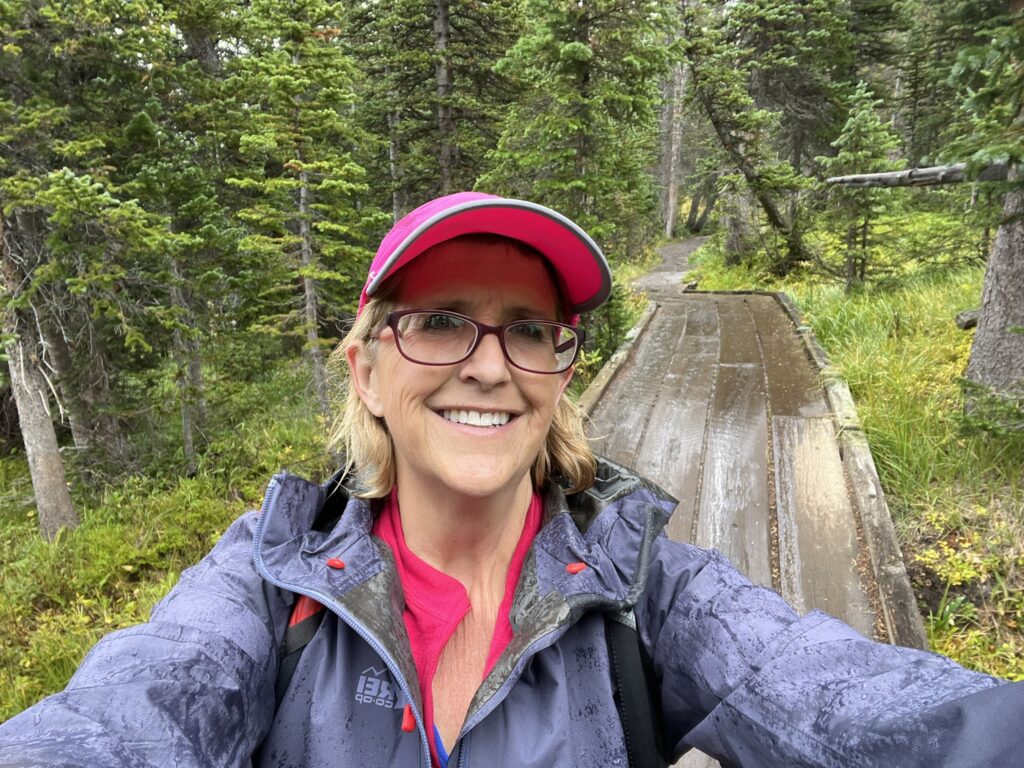
How to Waterproof Your Backpack for Hiking: Tips to Keep Your Gear Dry
When you’re out on the trail, the last thing you want is soggy gear. Whether you’re facing rain, river crossings, or wet terrain, keeping your backpack and its contents dry is essential for a successful hike. Water can damage your electronics, soak your clothing, and ruin your food supply. Fortunately, there are several ways to waterproof your backpack and safeguard your belongings from moisture.
In this blog post, we’ll explore different waterproofing methods for hiking backpacks so you can choose the right one for your adventures.
1. Rain Cover: Simple and Effective
A rain cover is one of the most basic solutions to protect your backpack from rain. Most hiking backpacks come with a built-in rain cover, but if yours doesn’t, you can easily purchase one separately. Rain covers are lightweight, easy to use, and can fit over your pack to shield it from rain or snow.
- Pros: Affordable, easy to store, lightweight, quick to deploy.
- Cons: Rain covers don’t always fully protect the pack’s bottom or areas in direct contact with your back, which can still get wet.
Pro Tip: Choose a rain cover with elastic edges and clips to secure it in windy conditions.
2. Dry Bags and Stuff Sacks: Extra Protection for Your Gear
If you want to ensure your important items (like clothing, electronics, or food) stay dry even if your backpack gets soaked, consider using dry bags or waterproof stuff sacks inside your pack. These are available in various sizes, so you can separate your gear by category.
- Pros: Provides 100% waterproof protection for specific items, durable, can be used for a variety of activities.
- Cons: Adds a bit of extra weight, and you’ll need several for larger packs.
Pro Tip: Opt for brightly colored dry bags so you can easily spot and access your gear.
3. Backpack Liners: Full Coverage from the Inside
A backpack liner is another great option to keep all of your gear dry. These liners are large waterproof bags designed to line the interior of your backpack, creating a protective barrier. They often come in roll-top designs, similar to dry bags, for a watertight seal.
- Pros: Full protection for the contents of your pack, lightweight, reusable.
- Cons: Can be harder to organize gear, as everything is inside one large bag.
Pro Tip: You can DIY this by using a heavy-duty trash compactor bag as a liner—affordable and surprisingly effective!
4. Waterproof Backpacks: Built-in Protection
For those who often hike in wet conditions or through rivers, a fully waterproof backpack might be the best choice. These backpacks are designed with waterproof fabrics like nylon or PVC, welded seams, and waterproof zippers to keep all your gear safe from water.
- Pros: Full waterproof protection without needing additional covers or liners, durable.
- Cons: Can be heavier, less breathable, and more expensive than regular backpacks.
Pro Tip: Look for waterproof backpacks with roll-top closures for an even tighter seal.
5. Seam Sealing and Waterproof Sprays: Reinforcing Your Pack
Even if your backpack is made from water-resistant material, its seams and zippers can still be vulnerable to moisture. You can reinforce your pack by using seam sealer on the stitching and applying waterproof sprays to the exterior fabric.
- Pros: Lightweight, easy to apply, and improves water resistance.
- Cons: These solutions don’t make your pack 100% waterproof, and you may need to reapply the spray periodically.
Pro Tip: Use a silicone-based waterproofing spray for the best results on nylon or polyester fabrics.
6. Plastic Bags: Budget-Friendly Option
For a low-cost solution, simply use plastic bags or ziplock bags to organize and waterproof your gear. Place your electronics, clothes, and food inside individual bags before packing them into your backpack. While not the most durable, this can work in a pinch, especially for shorter hikes.
- Pros: Inexpensive, easy to find, lightweight.
- Cons: Less durable, bags can tear, not eco-friendly if single-use.
Pro Tip: Double-bag your most valuable items, like your phone or camera, for added peace of mind.
Which Waterproofing Method is Best for You?
The best waterproofing method depends on the type of hike you’re planning and the weather conditions you expect. For a light drizzle or short hike, a rain cover might be enough. If you’re heading out for a multi-day hike in wet conditions, combining multiple strategies—like using dry bags inside your pack with a rain cover on the outside—might give you the best protection.
Final Thoughts
No matter which method you choose, remember that water can find its way into your backpack if you’re not prepared. Waterproofing your gear is a small step that can make a big difference in your hiking experience. A dry, comfortable hike is always more enjoyable than a wet, miserable one! Stay dry, stay safe, and happy hiking!
Would you like more tips for your next hike? Sign up for the Just Hyke Newsletter and get the latest hiking advice, gear recommendations, and exclusive offers delivered straight to your inbox! 🌲
Join our community on Facebook at Just Hyke.



